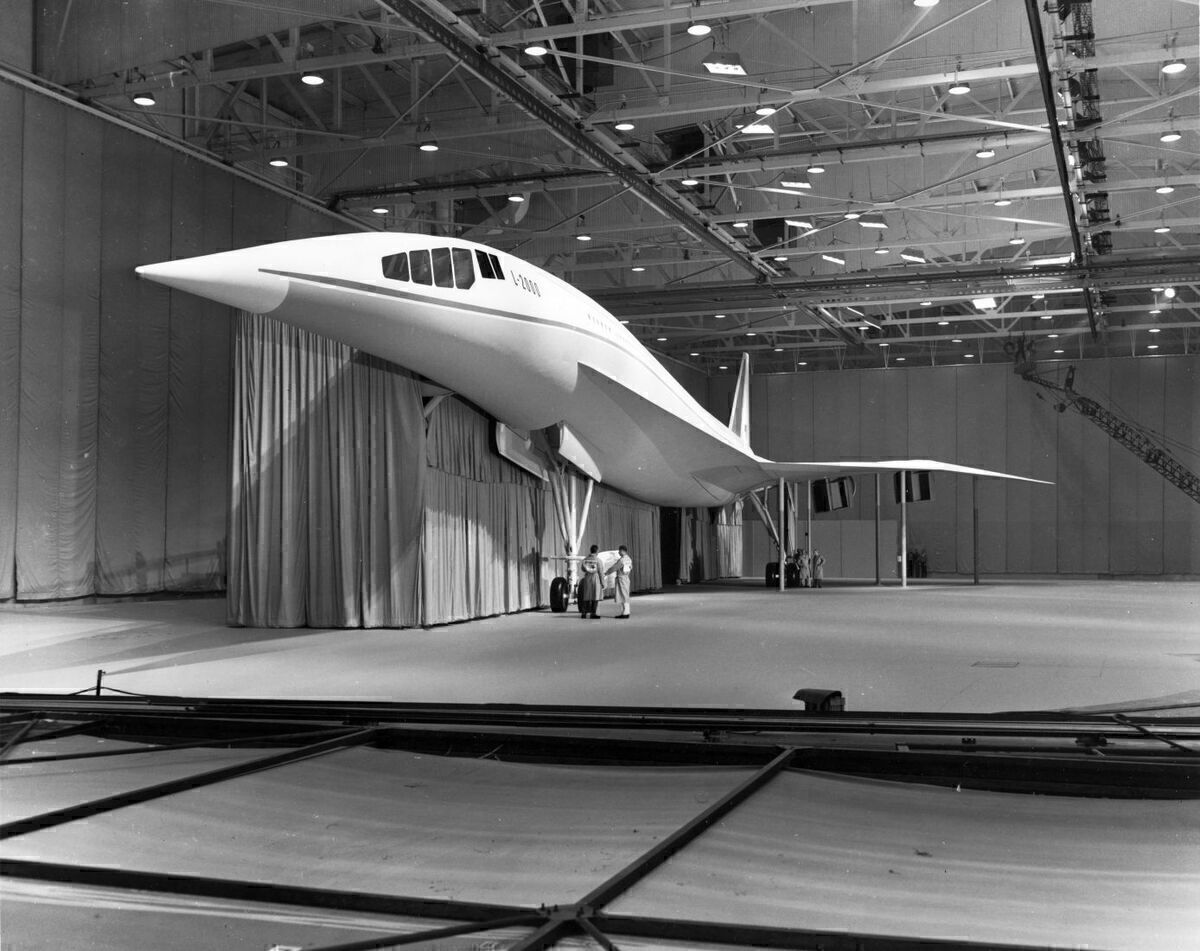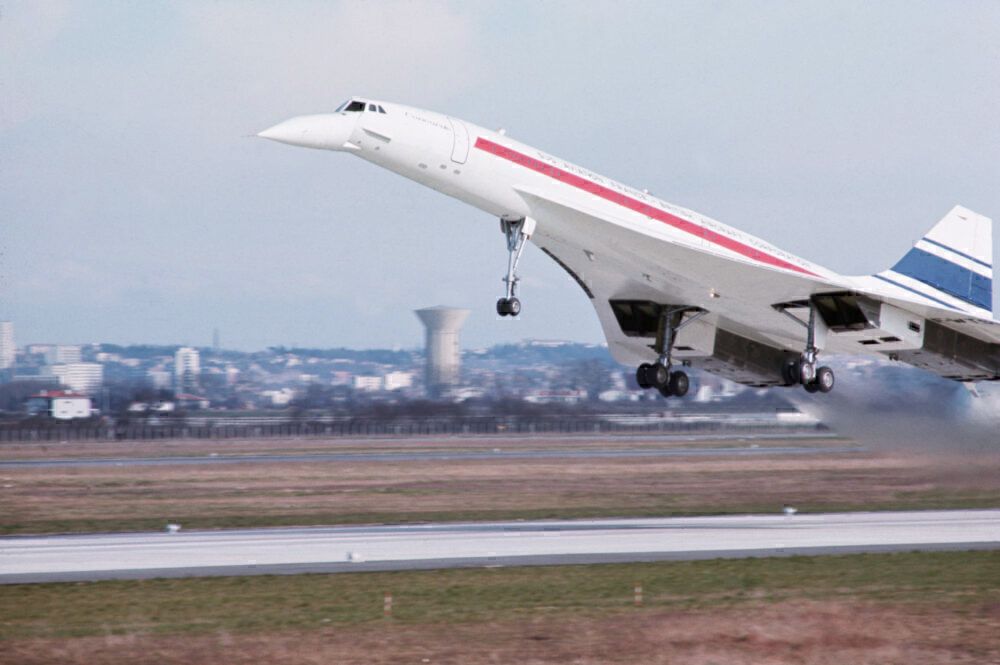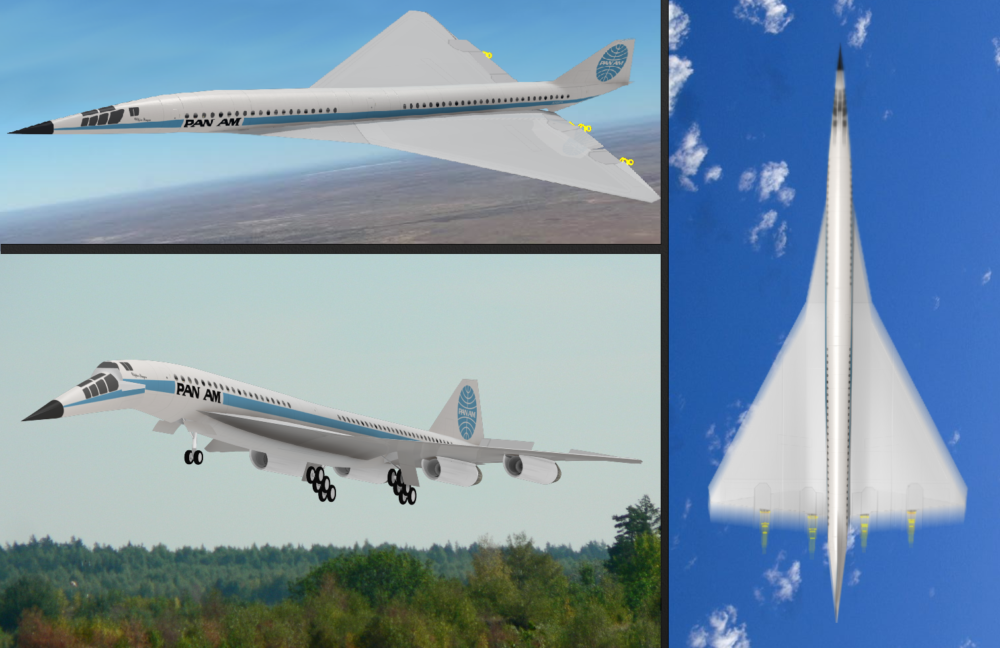In the 1960s race to build a viable commercial passenger supersonic aircraft, the Anglo-French Concorde was undoubtedly the most successful. Unfortunately, there were two American projects that would never make it to the finish line. While one was the Boeing 2707, the other was the Lockheed L-2000. In this article, we'll take a look at the latter and its design characteristics.
A state-sponsored endeavor
According to the BBC, it was President John F Kennedy that brought the United States into the supersonic passenger jet race, deciding that America would develop its own rival to the European Concorde.
With the goal of building a large, commercial SST (supersonic transport), the US government would aim to sponsor one of its homegrown manufacturers in developing a jet. Two companies submitted proposals: Boeing, with its 2707, and Lockheed, with its L-2000.
Stay informed: Sign up for our daily and weekly aviation news digests!
What was the L-2000 all about?
It was in the early 1960s that Lockheed came out with its project, first designated the L-2000-1. The jet was designed to be 223 feet (70 meters) long and 11 ft feet (3.35 meters) wide.
The L-2000 had a few similarities in its design to its Anglo-French rival. Like the Concorde, the L-2000's nose was long and pointed to be highly aerodynamic. This nose could be "drooped" during takeoff and landing for proper visibility.
Furthermore, the L-2000 also had a 'delta wing.' Of course, a sharp nose and delta wing design was fairly common with SSTs as these attributes were most suitable for achieving supersonic speeds. The L-2000, in particular, are expected to achieve a speed of Mach 3.0.
A narrowbody design, the L-2000-1 would have a 2-3, five-abreast seating configuration for its economy class and a 2-2, four-abreast layout for its first class cabin. It's said that a typical mixed-class seating layout would equal around 170 passengers. However, a high-density layout could exceed 200 passengers.
This design was further modified to become the L-2000-2. The main difference was its wings, which would have a reduced thickness and sharper leading edges.
By the mid-1960s, Lockheed had further refined its designs down to two variants: The smaller, longer-range L-2000-7A and the larger, short-range L-2000-7B. Both longer than the original L-2000-1, the 7A would have a length of 273 feet (83 meters) while the 7B would stretch 293 feet (89 meters). The former would have had a typical configuration for 220-230 passengers while the latter could transport about 250 passengers.
Lockheed not chosen
In the end, the US government would prefer the design of the Boeing 2707 over Lockheed's L-2000. Boeing's SST candidate was deemed more advanced and a more suitable rival to Concorde.
Unfortunately, although the project progressed further than the L-2000, the 2707 program was canceled in 1971, after US Congress stopped federal funding for the SST program months prior.
Did you know about this potential Concorde rival? Let us know in the comments.



